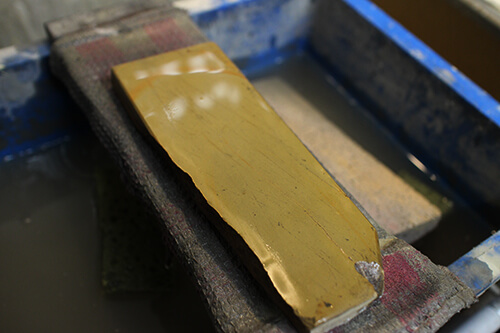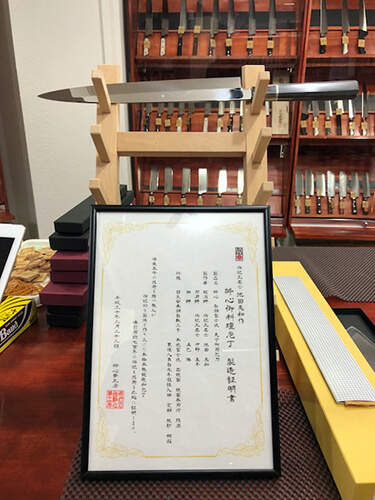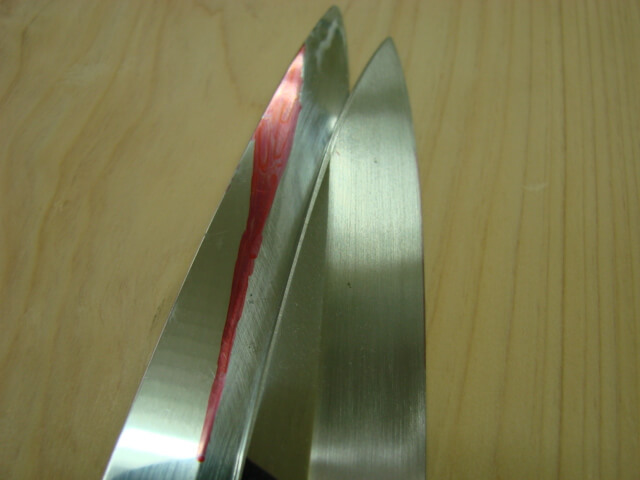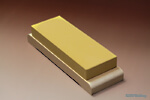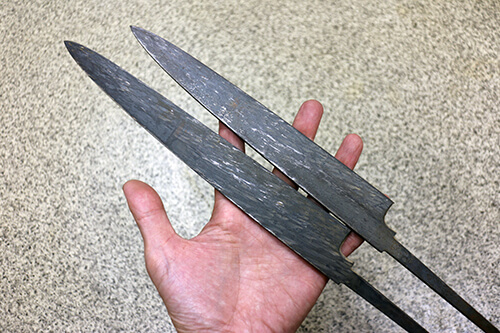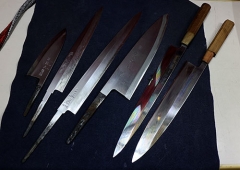Let’s turn #6000 whetstone into #800 grinding surface!
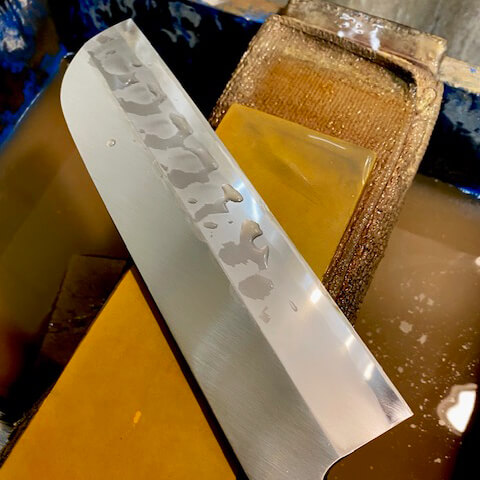
That’s an interesting title! It’s hard to imagine a #6000 sharpening stone becoming #800. This is a story about refreshing the surface of the sharpening stone while truing it. Occasionally, I feel like the regular truing isn’t fully resetting the sharpening stone’s surface, so I sometimes use a coarse or medium grit stone for truing. Especially when using a coarse stone like #200 to #400, many particles and scratches appear on the #6000 stone that’s typically harder.
Ideally, these scratches should be smoothed out before use, but sometimes I sharpen with the surface still coarse. After various experiments, I found that using a grit around #800 for truing helps eliminate clogging on the sharpening stone surface and makes it easier to create a sharp edge. It improves the blade’s bite during cutting.
Of course, I make sure to thoroughly wash away any mud or particles from the coarse or medium grit stone I used for truing before using the #6000 stone. It’s like imagining putting a fine edge on with #1000 or #800 grit. Applying this technique to knives like chef’s knives that you want to have a slight grip, but smooth feeling at around #2000 level, can yield quite good results! It might be recommended for those who want a slightly coarse feeling of about #2000 but with a smooth touch.
It’s akin to the feeling of using a Nakura on a natural sharpening stone, so there’s no need to purposely roughen the sharpening stone. Given that there are opportunities to true the stone, I recommend giving it a try at that time!
hibishugyo
- 2010-12-20
